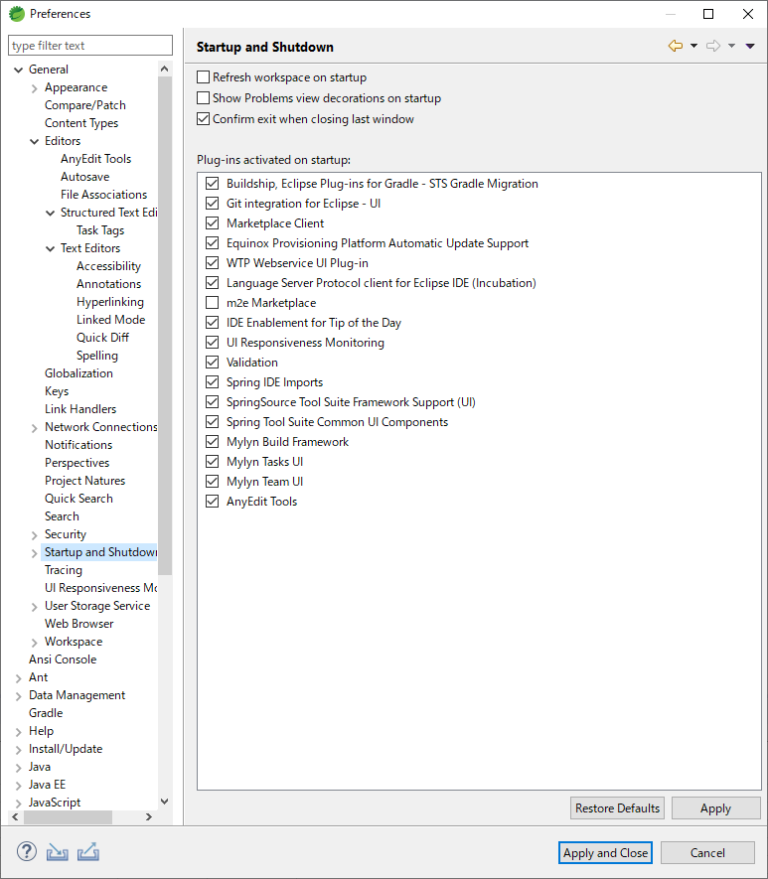

Provides an explorer-style interface for managing your Azure resources.Įnables Apache Spark application development in Scala. WAR as a Docker container to a docker machine. Provides the common functionality needed by other toolkit components.Įnables you to build and deploy a. FeatureĪllows you to use Azure's telemetry logging and analysis services for your applications and server instances. Verify that all features are selected and click Confirm >. On the Eclipse IDE, click the Help menu, navigate to Eclipse Marketplace, search for "Azure Toolkit for Eclipse", and click Install.Īn Eclipse Marketplace wizard will pop up with installation instructions, including a list of components that will be installed. This button opens the Eclipse Marketplace with the Azure Toolkit for Eclipse already selected. The following two options take you to the Eclipse Marketplace:ĭrag the following button to your running Eclipse workspace. The Eclipse Marketplace wizard in the Eclipse IDE allows users to browse the Eclipse Marketplace and install solutions. Both installation methods will be demonstrated in the following sections. There are two methods of installing the Azure Toolkit for Eclipse: by accessing the Eclipse Marketplace, and by using the Install new software option on the Help menu. After the download is finished, unzip its contents so you will have a resulting folder like the following:įinally, go to the sts-* folder and run the STS.The Azure Toolkit for Eclipse page at the Eclipse Marketplace lists the builds that are compatible with the toolkit. The download may take a while since the file is currently quite big (400 MB).

However, you can click on See All Versions to pick a 64 bits version on the next page: Please note that the downloaded version is going to be 32 bits so your JDK must also be 32 bits to work. Go to Spring Tool Suite download page and download the latest release clicking on the button below: If you don’t have an Eclipse already, this alternative may fit you since it might be a bit faster and you will end up with the same capabilities as the Eclipse plugin. The second option is to download and run the standalone Spring Tool Suite.


The installation wizard will also propose to restart Eclipse.Īfter Eclipse re-initialisation, your will be ready for Spring development and will immediately notice some a few changes in your IDE. Click on Install, accept the license agreement and proceed with the installation process until it is finished.


 0 kommentar(er)
0 kommentar(er)
